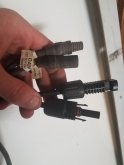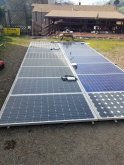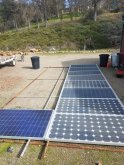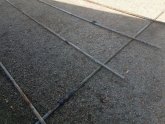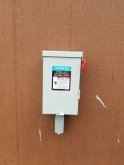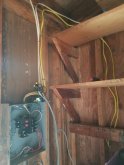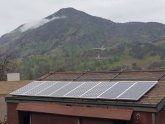To be fair My quored price was for someone else installing everything. In my state and county permitting is expensive, and everything is highly regulated. (Even solar racking has to be specifically approved) i priced just getting the smallest system then adding on with my own and it was still quite a lot. $1500-$3000 is just the electrical engineering of the system. Even then i wouldnt be allowed to use my panels because they are "old" and not on the ever evolving list of new stuff thats allowed. I want my system to be safe i just dont want to line someone elses pockets to make my own power. Even the connection agreement requires money that would cost more than my entire system.
I have seen the sun grid tie systemscand have thought of using a current limiting system. If i go that route i will use frontius or victron units that are ul listed and known for quality and longevity. The new ESS Victon self consuming systems being my favorite using a multiplus II with current sensor. Up to 5,000 watts, phase balancing, time shifting ect. Its a programmable power wall that works on or off grid.
Also i eventually plan to sell my house and move, somewhere for the same reasons Will did in his videos. I may or may not pull the trigger on my new home for grid tied solar. For now price per watt i think minimalist setup is the best bet.



